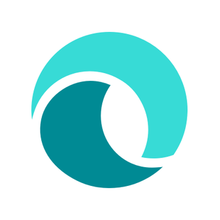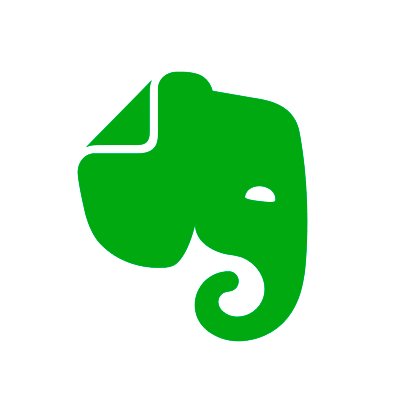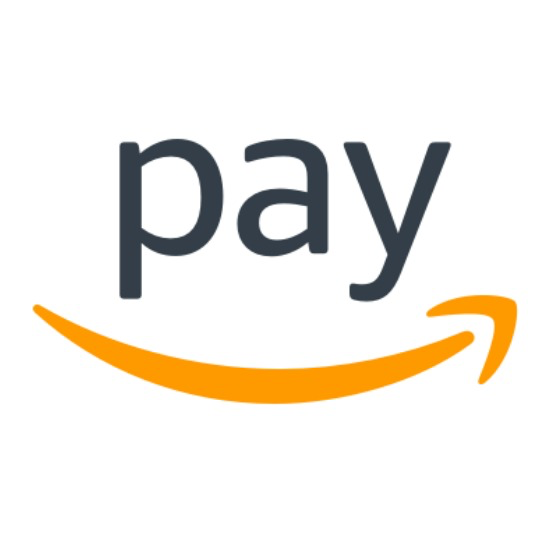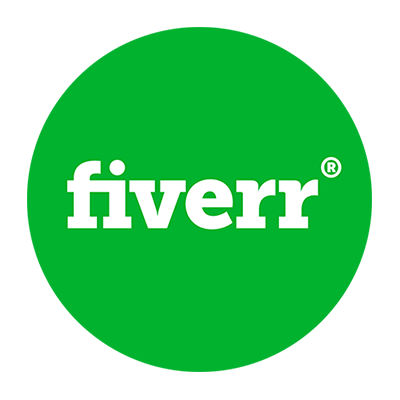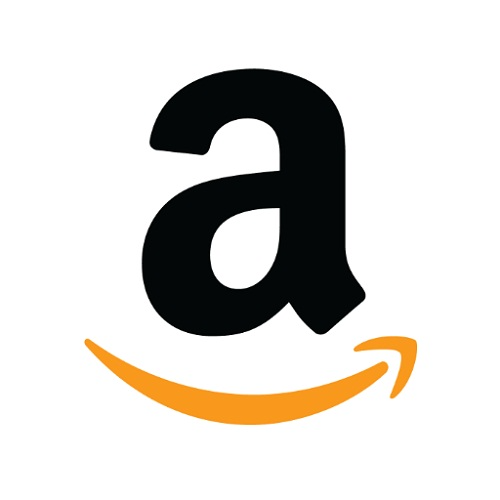Lessons Learned From Launching An Education Media Startup
Note: This business is no longer running. It was started in 2016 and ended in 2022. Reason for closure: Shut down.
Hello! Who are you and what business did you start?
Hey there, my name is Andrew Bliss, the founder of The Adventurous Mailbox. We sell adventure-based educational packages to schools, homeschoolers, and gift-buyers for kids aged 8-12.
Our Explorer Package (both digital and printed versions) contains eight adventure books (captivating, character-rich, and totally awesome) that introduce kids to cultures of the world.
Kids also get neva<>codes, a manual of fun computer coding missions based on the adventure books. Teachers will have complete access to hundreds of traditional lessons in our Teacher’s Lounge, and kids will get lifetime membership to Crameye’s World, our online portal where kids can chat with each other and our characters, play games, win prizes, and keep exploring.
After an initial strong start, the business halted due to overexpansion. We are preparing a relaunch in spring 2019 with new products, new focus, and a narrowed target market. We are making just a few thousand a month now, but forecast 20K/mo in revenue by the end of 2019.

Download the report and join our email newsletter packed with business ideas and money-making opportunities, backed by real-life case studies.

Download the report and join our email newsletter packed with business ideas and money-making opportunities, backed by real-life case studies.

Download the report and join our email newsletter packed with business ideas and money-making opportunities, backed by real-life case studies.

Download the report and join our email newsletter packed with business ideas and money-making opportunities, backed by real-life case studies.

Download the report and join our email newsletter packed with business ideas and money-making opportunities, backed by real-life case studies.

Download the report and join our email newsletter packed with business ideas and money-making opportunities, backed by real-life case studies.

Download the report and join our email newsletter packed with business ideas and money-making opportunities, backed by real-life case studies.

Download the report and join our email newsletter packed with business ideas and money-making opportunities, backed by real-life case studies.










